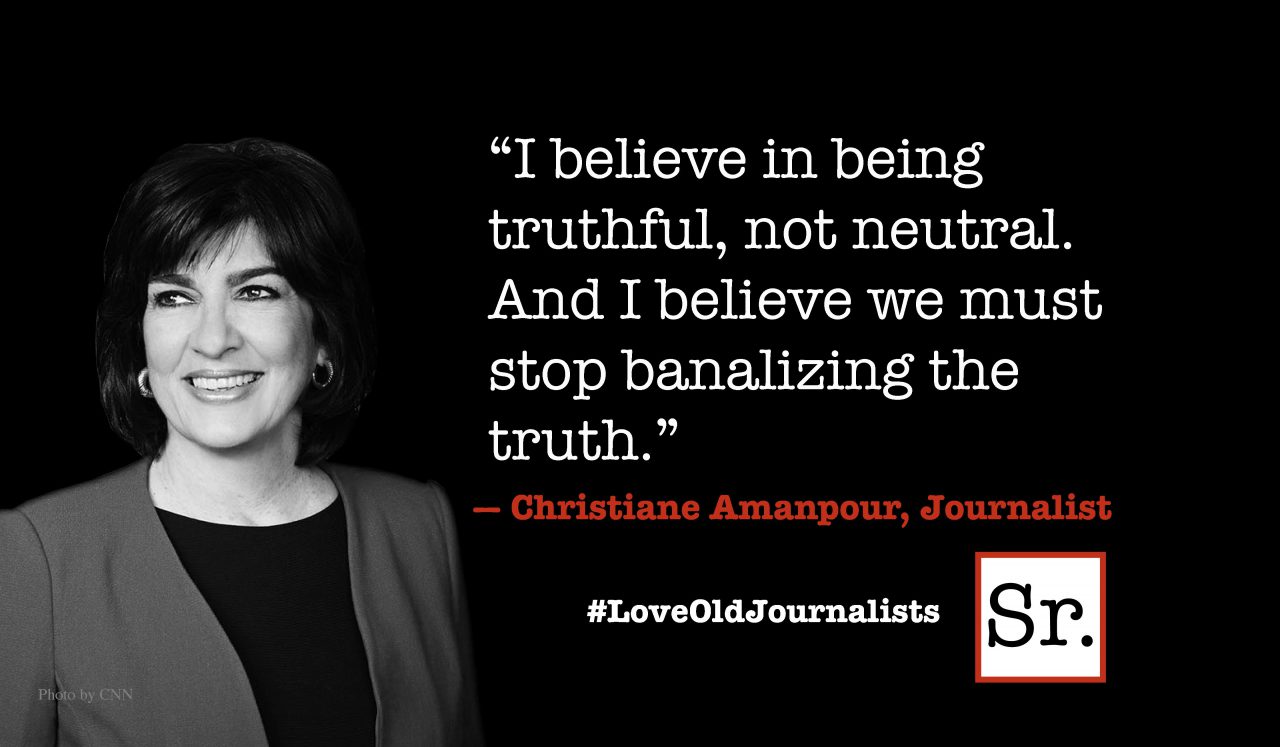One of Pandora's most irritating features can also be one of its most endearing. When you create a channel, for example, for Dan Fogelberg, you don't just get Dan Fogelberg songs. You also get songs that Pandora's algorithms and human assistants decide are "in the style of" Fogelberg. It is sort of like the difference between a painting by Rubens and a painting from Rubens's studio. A “real” Rubens is worth millions, but the studio piece is a fraction of that. But, as I said, while sometimes being irritating, Pandora channels can also serve up an occasional treasure.
Sometime last week, I was listening to my Burl Ives channel, and I was suddenly immersed in an incredible version of “Amazing Grace.” Superb voices, wonderful clarity of diction. A cappella. It was like a tall glass of ice water on a muggy summer day.
So, I grabbed my iPad and learned that the artists were a female a cappella group from Brigham Young University called Noteworthy. And that, they truly were. So, as I often do, I created a Noteworthy Pandora channel to se e what Pandora’s algorithm/human chimera would come up with. As with Renaissance painters, the studio didn’t quite live up to the master. Pandora chose to emphasize the fact that “Amazing Grace,” a song heard from honky-tonks to carnival midways all over the country, is actually a Christian hymn composed in 1799 by John Newton, a former slave-trader-turned-clergyman. So, the Noteworthy Pandora channel runs with those roots and tosses in a lot of gospel music of uneven quality into the channel, making the channel far less, well, noteworthy.
Yet, sacred music of any persuasion often provides incredible acoustic experiences. And that makes perfect sense in a Distilled Harmony view of the world. Distilled Harmony follows string theory to an assertion that the universe is literally made of music. The vibrations of an uncountable number of strings constitute the music of the spheres. So music aimed at expressing a unity with the overarching harmony of the universe often exceeds the musical norms of the day. It aims higher than the expressions of popular music, which often restricts itself to more prosaic topics.
That is not to say that secular songs cannot hit those wonderful heights. Consider classic Italian opera. I am always amazed by the transcendent voices, astonished that they can be so perfect. It helps that my understanding of Italian is currently limited to the basics.
However, I did have an experience similar to the "Amazing Grace” Pandora event with a secular song. It was a long time ago, because the clock radio went off. Old technology, former life. I suddenly became aware that "Somewhere Over the Rainbow” was floating around the room, but it wasn’t the classic 1939 version that Judy Garland sang in The Wizard of Oz; this was much better. I know for some of you that is blasphemy, but this really was much better. The artist was Eva Cassidy, a prodigious, yet fragile vocal talent tragically struck down in 1996 by melanoma in her early 30s. Her channel, unlike Noteworthy’s, remains towards the top my Pandora list. She drifts from sacred tunes to those prosaic pieces that chronicle the foibles of the human heart.
Not that there is anything wrong with love songs. Far from it. For many, falling in love is indistinguishable from a transcendent spiritual, religious experience. And songs that speak to either event, no doubt, share many characteristics.
Shakespeare, who often gets it right, makes Juliet 13 years old, with Romeo seeming not much older. Apparently, during those emotionally turbulent years between 12 and 20, we lay down a storehouse of songs that will remain with us all our lives. Some recent studies indicate that we store music – those 12 to 20 songs included – in their own special part of the brain. In the last few weeks of my older brother’s life – he died of a glioblastoma in the early 1980s – he found conversation quite difficult, but he could sing 1950s rock and roll songs note and letter perfect.
But here is the point of all this: the universe is both harmonic and sentient, and the primary objective in our existence is to bring our own chord – manifested in music, thought, word and deed – into harmony with the over arching universal chord.
Thanks in great part to digital technology, we can now surround ourselves with music through much of our daily lives, and that music becomes the soundtrack of our broader life. It colors and influences how we think, how we feel and who we are. We should pay close attention to it. It is no more "just music" than hate speech, violent video games and movies are "just talk and games and movies." Music is even more central to our identity and worldview than those rants and entertainments because we are absorbing music even when we "aren't really listening."
I wondered why, in some of my meditation music channels, there were gongs seemingly randomly spaced throughout the compositions. One explanation I have since encountered is that the gong is a “stop, look, listen” marker. Attend to what is in the space around you. The physical environment, and the acoustic environment. Really pay attention. I would assert that it is harmful to live your life in a soundtrack that is hateful, chaotic and confrontational, even if it is "only" a speech, a tweet, a song, a movie, or a TV show.
So stop, look, listen. It is your soundtrack. Make it the one in which you really want to live.









